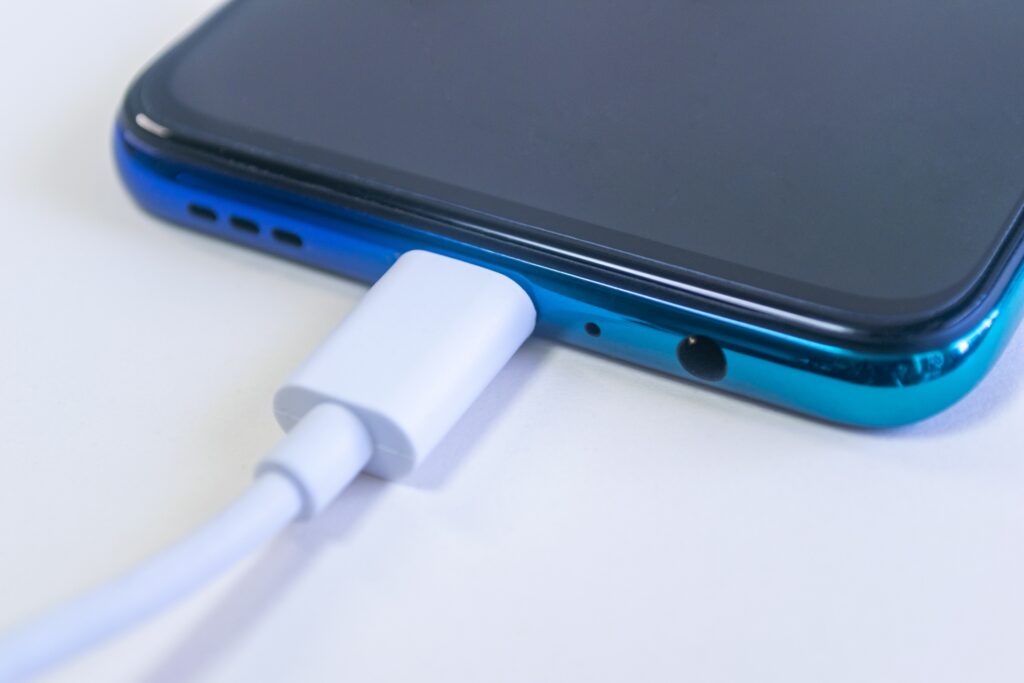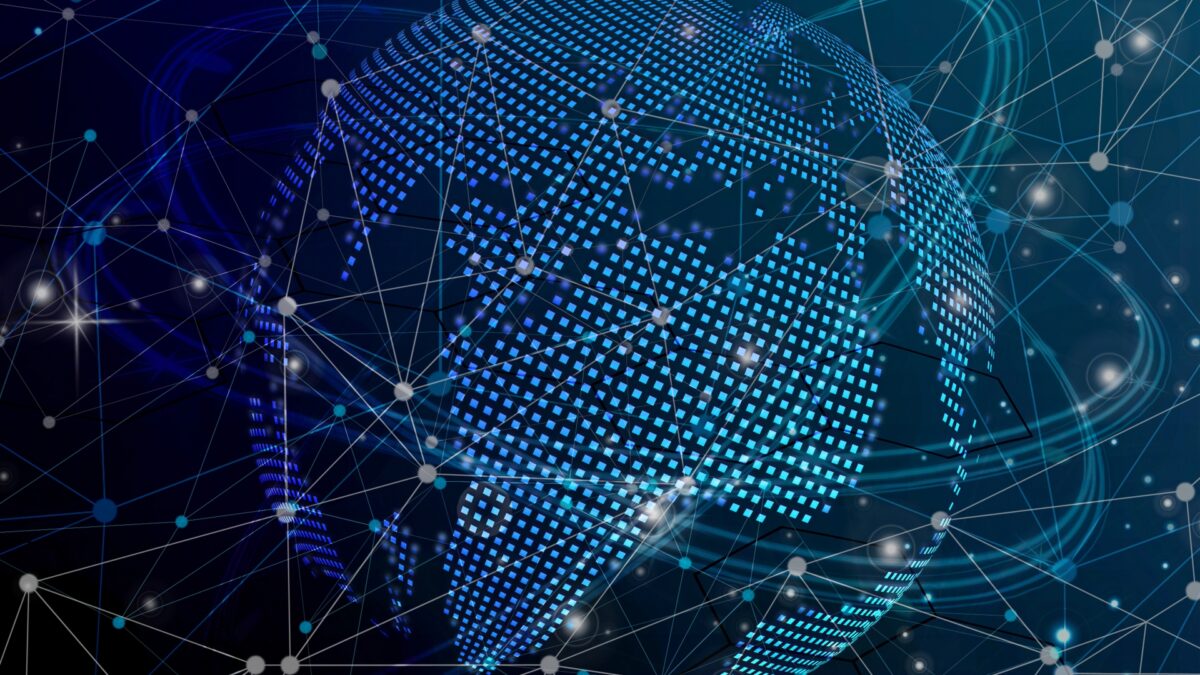A year has passed since Apple adopted USB-C for its iPhone lineup, a move initially hailed as a step forward from the Lightning era. While the transition promised compatibility and convenience, not all users have found it seamless. Charging and data transfer speeds, in particular, have left many frustrated and confused, raising questions about Apple’s implementation strategy.
The Benefits and Challenges of the USB-C Transition

Apple’s decision to switch from its proprietary Lightning port to the USB-C standard was a long-anticipated move. For users, the advantages were clear: a single cable to charge and transfer data across multiple Apple devices such as iPhones, iPads, and MacBooks. This unified approach not only simplified usage but also improved compatibility with other devices, especially in households or workplaces with a mix of Android and Apple products. Users no longer needed to carry multiple cables, leading to less clutter and greater convenience.
However, the transition has not been without its issues. Apple’s implementation of USB-C has introduced inconsistencies that have frustrated consumers. Not all iPhone models benefit equally from the new standard. The iPhone 15 Pro and Pro Max offer advanced capabilities like fast data transfers and external display support. In contrast, the standard iPhone 15 models are limited to USB 2.0 speeds, offering a performance no better than the Lightning port. These disparities have caused confusion among users, especially those who expect a uniform experience across devices.
While the move to USB-C was necessary, Apple’s execution has left room for improvement. Instead of streamlining the user experience, the company has created a situation where customers must research which model supports the features they need. For many, this undermines the very benefits USB-C was supposed to deliver.
Data Transfer Speed Disparity: A Source of Consumer Confusion
One of the most significant pain points in Apple’s USB-C transition is the discrepancy in data transfer speeds across iPhone models. The iPhone 15 and 15 Plus, despite adopting the USB-C standard, are still limited to USB 2.0, which supports a maximum data transfer rate of 480 Mbps. This performance is virtually identical to the older Lightning connector, making the upgrade feel underwhelming for many users. For those who regularly transfer large files like 4K videos or high-resolution photos, this limitation has proven to be a major disappointment.
On the other hand, the iPhone 15 Pro and Pro Max come equipped with USB 3.1 Gen 2, offering data transfer speeds of up to 10 Gbps. This is a significant improvement, particularly for professional users who rely on fast transfers for video editing or graphic design work. The stark difference in capabilities between the Pro models and the standard versions has led to frustration among consumers who were unaware of these distinctions at the time of purchase.
This inconsistency in performance between models highlights a larger issue with Apple’s approach. By not providing the same level of transparency in its product marketing, Apple has inadvertently confused many of its customers. Those expecting USB-C to bring a universal improvement across all models are left wondering why their devices don’t perform as expected.
Underwhelming Charging Speeds and Apple’s Strategic Choices
When Apple introduced USB-C to the iPhone, many users hoped for a leap forward in charging speed. However, the reality has fallen short of expectations. The iPhone 15 series supports charging at a maximum speed of 25W, a marginal improvement over previous models but still behind many Android competitors. Devices from brands like Samsung and OnePlus are now offering charging speeds as high as 100W or more, allowing for significantly faster charging times. In contrast, the iPhone 15 Pro Max still takes over 90 minutes for a full charge.
Apple’s decision not to adopt the USB Power Delivery Programmable Power Supply (PPS) standard further exacerbates the issue. While the iPhones support the basic USB Power Delivery (PD) protocol, PPS enables faster and more efficient charging by dynamically adjusting power delivery. This omission suggests that Apple may be prioritizing its proprietary MagSafe wireless charging system, which offers speeds up to 25W but remains slower than wired charging on many competing devices.
This choice raises questions about Apple’s strategic direction. While MagSafe presents an elegant, wireless solution, it does not match the speeds of high-power USB-C charging. By focusing on a proprietary ecosystem, Apple may be sacrificing user satisfaction in favor of promoting its own accessories, a move that could alienate a segment of its consumer base.
Apple vs. Competitors: Navigating USB-C Confusion
Apple’s adoption of USB-C was largely driven by external regulatory pressure, particularly from the European Union, which mandated a universal charging standard. However, Apple’s implementation has been met with criticism, especially when compared to its Android counterparts. Companies like Google and Samsung have long embraced USB-C and, in many cases, offer more consistent performance across their device lineups. For example, Google’s Pixel series, though not without its own challenges, provides more transparency regarding the capabilities of each model’s USB-C port.
Apple’s failure to deliver a uniform USB-C experience across its devices has positioned it unfavorably in the competitive landscape. While Apple’s hardware and software ecosystem remains robust, its USB-C strategy seems fragmented. In contrast, many Android manufacturers have already optimized their devices for fast charging and high-speed data transfers, providing users with a more seamless and predictable experience.
The inconsistency in Apple’s approach may point to a broader issue: a reluctance to fully commit to open standards. By segmenting features like data transfer speeds and charging capabilities between models, Apple maintains control over its product tiers. However, this has created confusion and dissatisfaction among users. As the market continues to evolve, Apple will need to reassess how it handles such transitions if it wants to remain competitive in an increasingly USB-C-centric world.
